![]()
For the past four weeks, we’ve talked about consistent, concise, clear and candid communication. How do you put it all together? One way is to develop a “communication plan.” If you hear that word and immediately cringe because you think of all your past “communication plans” and want to hit “delete” right now, please wait! I have also had some terrible and overwhelming experiences with “communication plans” and felt like they were just a painful exercise to pacify a funding agency. However, I don’t think they have to be painful or complicated. Join me this week as I highlight 4 questions to consider when developing a user-friendly and helpful communication plan for your organization.
1) Who is involved in the communication? Who do you want to communicate with regularly? Is this your staff, team, workgroup or coalition? Is this your funding agency or your board? Are these community organizations or elected officials? I encourage you to write down the people that you are communicating with regularly (or would like to be). Please don’t let this overwhelm you. You don’t need to think of every person or group you may ever communicate with as part of your work. Try to think of your top “5” list as a start. Initially, I encourage you to consider who you are directly communicating with on a regular basis. If you want to expand to other staff or colleagues and create a “master plan”, that is a great next step, but don’t let it become too cumbersome that you don’t do anything!
2) What do you want to communicate? You may want to plan for your next meeting or share evidence with your team. You may want to routinely “check-in” with your workgroup to determine what is working well or what needs to be changed. Spend some time reflecting on what kinds of things you want to communicate with your teams or coalitions.
3) What is the best method for communication? As we’ve discussed in past posts, the communication method will vary depending upon your audience. See my posts about “asking the right questions: How Part 1 and How Part 2.” Consider each of your “top 5” list and the best way to communicate with each of them.
4) How often do you want to communicate? You may have already conducted a brief electronic survey or had a conversation at your last meeting to know that one of your teams prefers a monthly email while another wants to meet via video chat every other week. Consider what you want to communicate, who your audience, the best method and your capacity for communication when determining communication frequency. Once again, keep this pretty simple. You can always make changes in the future if needed. Consider your capacity and the needs of your teams or coalitions.
Once you answer these questions, you can develop a simple table (even in Word) that can serve as your basic communication plan! Here is an example of how you can put it all together.
| Who | What | Method | Frequency |
| Your staff team | Debrief and planning | In-person | Weekly |
| Prevent tobacco use workgroup | Meeting agenda
Video chat meeting Meeting notes |
Email
Video chat |
Week before meeting
Quarterly Day after meeting |
| Your favorite rural health clinic staff | Screening guidelines
Patient education resources |
Lunch and Learn
|
Once a year
Quarterly |
| All coalition partners | News and events | Every two weeks |
You can then take this information and put it in your task manager and calendar so that you can consistently, concisely, clearly and candidly communicate with your colleagues, partners, teams and coalitions.
So what about you? What has helped you develop a user-friendly communication plan?
If you or someone you know would like to stay up-to-date on my weekly blog posts, subscribe today!
